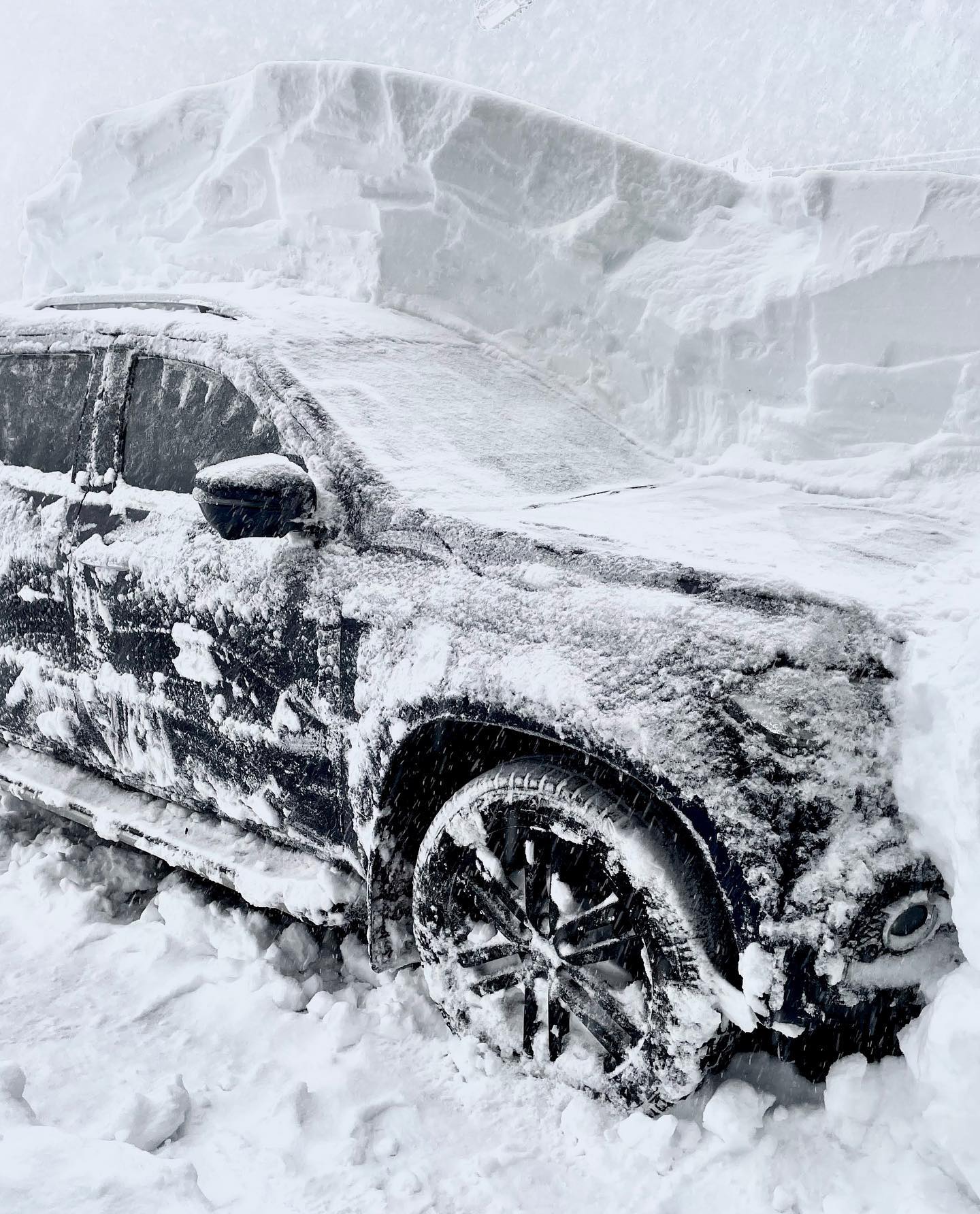Learn About the Locations That Frequently See Snow In Australia During the Winter Season
Learn About the Locations That Frequently See Snow In Australia During the Winter Season
Blog Article
Discover the Fascinating Results of Snow in Australia on Neighborhood Environments
In spite of its credibility for sun-soaked landscapes, Australia also flaunts regions blanketed by snow-- a sensation that greatly influences the nation's special environments. The shielding residential properties of snowflakes protect flora and animals in the middle of the chilliest winters, while the melting snow nurtures rivers and water life.
The Unforeseen Areas of Snowfall in Australia
Although Australia is commonly linked with sun-scorched landscapes and sandy coastlines, certain areas remarkably experience snowfall. The high country areas of New South Wales, Victoria, and Tasmania are specifically known for their wintertime snow. The Snowy Mountains in NSW, as an example, get abundant seasonal snow, offering a plain comparison to the nation's typical warm, arid environment. The Victorian Alps and parts of Tasmania likewise see annual snowfalls, transforming the landscape into a winter wonderland. These areas are not just anomalies yet important components of Australia's diverse climate system. The existence of snow in these areas significantly affects regional ecological communities, ultimately affecting the country's one-of-a-kind biodiversity. Nevertheless, the specific effect on Australia's distinctive flora will be gone over in the next area.

Exactly How Snow Impacts Australia's One-of-a-kind Flora
While it may appear uncommon, snowfall in Australia plays an important role in shaping the country's unique flora. The snow-filled winters months foster strength in Australian plant species. This is especially noticeable in the towering and sub-alpine regions, where snow periodontals and mountain plum-pines grow. These plants have actually progressed to make it through in severe conditions, with snow working as a safety covering from freezing temperatures and harsh winds. The snow additionally adds to the wetness web content of the dirt, providing required hydration for plant life throughout the dry summer season. Basically, the snow influences the timing of blooming and seed dispersal, the growth prices, and the survival of several plant varieties, showcasing the intricate interaction in between climate and vegetation in Australia.

The Adjustments of Australian Fauna to Snowfall
Just as Australia's plants has actually adjusted to the wintery conditions, the regional fauna too, exhibit impressive adaptations to the snowfall. Variety like the Hill Pygmy-possum, the only Australian marsupial understood to hibernate, have evolved methods to survive in snowy settings. It makes use of the snow as insulation, hibernating in rock crevices under the snow to remain warm. Likewise, the Snow Skink, a species of lizard, transforms its colour to white during wintertime, offering camouflage versus killers. Birds such as the Snowy Mountains' Crimson Rosella likewise readjust their diet plans to eat readily available food resources throughout colder periods. Thus, despite the severe conditions, Australian animals shows a resistant and adaptive nature, ensuring their survival in areas experiencing snowfall.
The Function of Snow in Forming Neighborhood Environments
In shaping the neighborhood environments, the function of snow in Australia is both extensive and multilayered. Snow supplies a critical water resource, feeding rivers and storage tanks as it thaws, therefore supporting a variety of marine life types. The presence of snow forms the plants patterns, animal actions, and total sustainability of Australia's one-of-a-kind environments.

The Future of Snowfall in Australia: Forecasts and Ramifications

Offered the critical function snow plays in forming local ecological communities, the future of snowfall in Australia is Read More Here drawing enhancing attention from researchers and conservationists. Existing environment versions anticipate a considerable decline in snowfall because of international warming, with potentially extensive influence on regional environments. Less snow could cause minimized water schedule in towering regions, negatively affecting wildlife environments and plant. It can modify the timing of seasonal adjustments, disrupting the life cycles of several native species. The tourist industry, greatly dependent on the wintertime snow season, may likewise encounter substantial obstacles. As a result, understanding these predictions and their ramifications is vital to develop reliable preservation strategies, making sure the conservation of Australia's distinct biodiversity and the sustainability of its economic climate.
Final Thought
The duty of you could try this out snow in Australia's ecological communities is pivotal yet frequently ignored. Therefore, the snow in Australia is extra than a natural spectacle; it's a crucial gamer in the nation's ecological story.
Regardless of its credibility for sun-soaked landscapes, Australia also boasts regions buried by snow-- a sensation that profoundly influences the nation's special ecosystems. It utilizes the snow look at these guys as insulation, hibernating in rock holes underneath the snow to stay warm - Does It Snow In Australia.In shaping the neighborhood communities, the duty of snow in Australia is both multilayered and profound. The presence of snow shapes the plant life patterns, pet actions, and total sustainability of Australia's one-of-a-kind ecological communities
Provided the crucial function snow plays in shaping local environments, the future of snowfall in Australia is drawing enhancing focus from scientists and conservationists.
Report this page